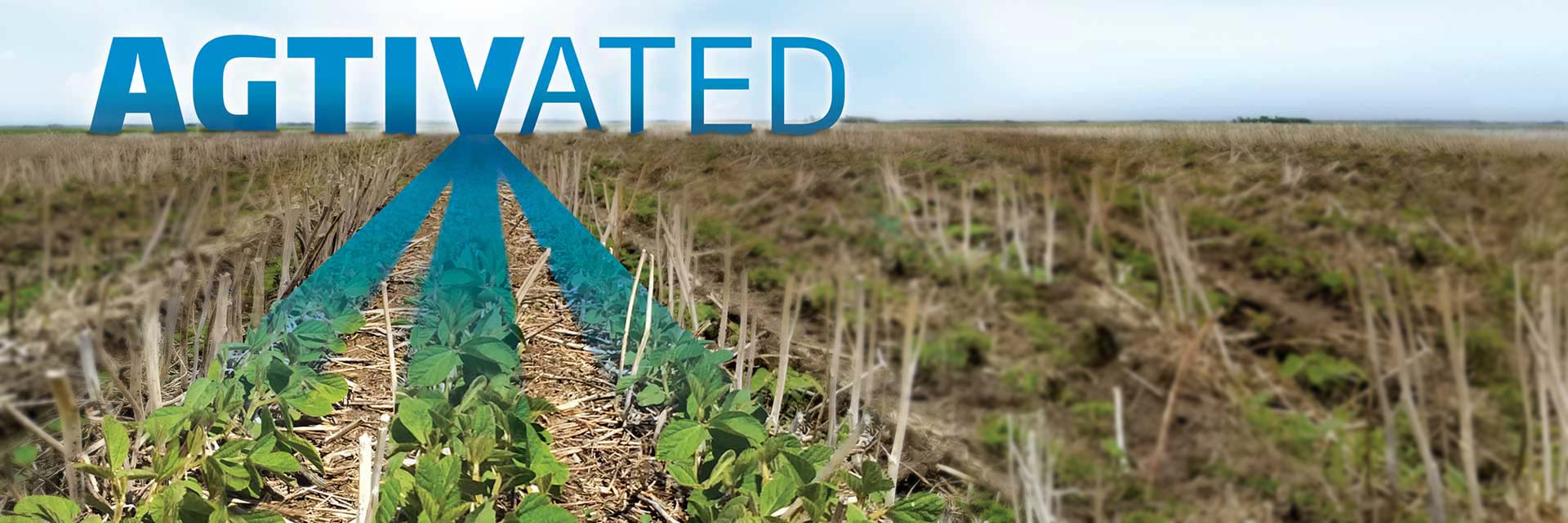
Canola stubble
You want to counter reduced yield after canola? Make your soil come alive by adding a mycorrhizal inoculant at seeding on canola stubble.

You want to counter reduced yield after canola? Make your soil come alive by adding a mycorrhizal inoculant at seeding on canola stubble.
Growers and researchers have long observed that crops following canola in a rotation tend to demonstrate reduced yield, compared to results when seeded behind another crop. It can largely be explained by the relationship (or lack of relationship) between canola and certain fungal microorganisms in the soil, such as mycorrhizae.
Mycorrhizae form a mutual beneficial association with the roots of nearly all crops, except some plants like Brassicaceae (canola, mustard). Canola roots exude a toxic compound1 that reduces populations of those beneficial microorganisms in the soil.
Once the mycorrhizae are gone, they take a sustained period to re-establish. A study by Gavito and Miller2 examined the presence of mycorrhizae in a corn crop following canola. They discovered it took 62 days for the mycorrhizae population to return to the same level it was before the canola crop. In our short growing season, with low mycorrhizal presence after canola or tillage, that means there is two-whole months where the plant is not getting the full benefits of phosphorus uptake, which is necessary for optimal growth and development.
Adding AGTIV® mycorrhizal inoculant at seeding following a canola crop is an easy tool to add life to the soil. Mycorrhizal hyphae will explore and expand soil area beyond the roots to access even more nutrients (P, Cu, Zn) and water, and transfer them to the plant.
Read the soil biology article to learn more.
1 Ryan, M. H. (2001). The effect of Brassica crops on the level of mycorrhizal inoculum in soil. Proceedings of the Australian Society of Agronomy. 6 p.
2 Gavito, M. E. and M. H. Miller, 1998. Changes in mycorrhizal development in maize induced by crop management practices. Plant Soil. 198: 185-192.
AGTIV® products are regularly analyzed and tested rigorously, both by our team and farmers. Click to see how the AGTIV® dual inoculants (rhizobium and mycorrhizae) can benefit your crop following canola by increasing soil health and creating a bigger root system to uptake even more nutrients and water.
Third party trials comparing AGTIV®’s dual inoculant (rhizobium and mycorrhizae) to different inoculants on the market showed a significant positive impact of the mycorrhizae component on yield for soybeans, lentils and peas.